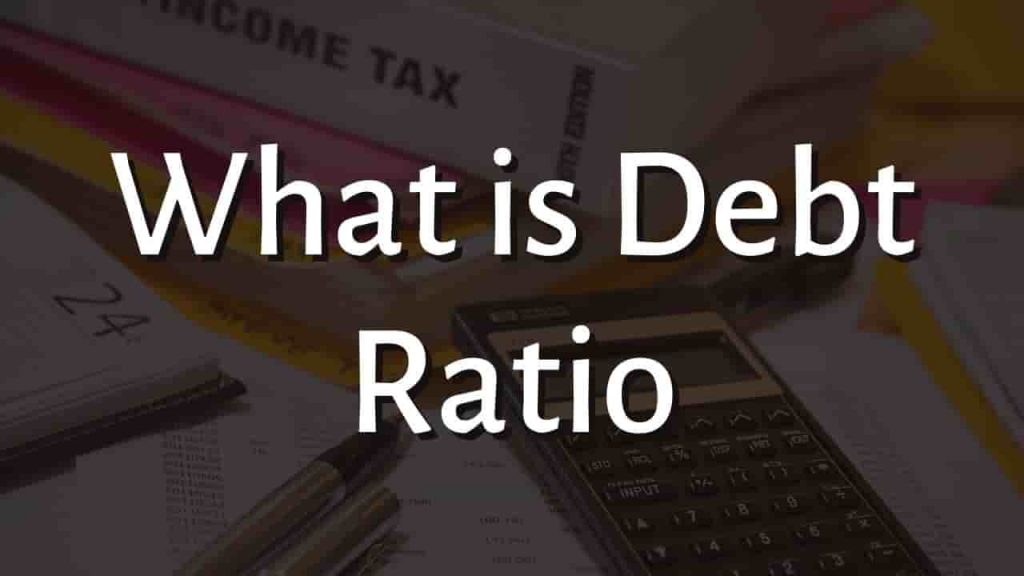What is Inventory in Accounting
Inventory refers to the goods for sale as well as the raw materials used to manufacture the goods for sale. Inventory is one of a company’s most valuable assets because inventory turnover is one of the prime sources of sales production and earnings for the company’s shareholders.
A company’s inventory is the collection of finished products or goods used in manufacturing that it has on hand. In a company’s balance sheet, inventory is listed as a current asset that acts as a bridge for production and order fulfilment. If an inventory item is sold, the carrying cost is moved to the income statement’s cost of goods sold (COGS) category.
Types of Inventory:
Follwing are the 4 types of inventory:
Raw Material:
Raw materials are the materials needed to convert the inventory into a finished product. For example, the leather used to produce belts for the business will fall into this category. Similarly, if you market artificial flowers as part of your interior design company, the cotton used will be called raw materials.
Work In Progress:
The inventory that is being worked on is called Work-In-Progress (WIP), as the term implies. WIP costs money because it requires raw materials, manpower, and overhead. Consider the inventory in this category to be a part of the wider end-product image. If you sell surgical devices, the packaging is considered a work in progress. This is due to the fact that the medicine cannot be sold to the customer unless it is fully wrapped. It’s very much a work in progress.
Finished Goods:
Finished product inventory is perhaps the most straightforward of all inventory types. What about the inventory you have for sale on your website? Those are completed products. This segment includes every commodity that is ready to market to the consumers.
MRO/Over Haul:
MRO material, also known as Maintenance, Repair, and Operating Supplies, is all about the little specifics. Inventory is used to manufacture and market the finished product but is not incorporated into the product itself. For Example, Gloves used to manage a product’s wrapping, will be considered MRO. This group will also include basic office items such as markers, highlighters, and paper.
Depending on the nature of the company, this inventory can be in stock, at a retailer, or in transit to a customer.
What is Inventory Turnover?
Inventory turnover is a financial ratio that shows how many times a company’s inventory is sold and replaced during a given period. The days in the cycle will then be divided by the inventory turnover formula to determine how long it takes to sell the inventory on hand.
Calculating inventory turnover can assist companies in making smarter pricing, processing, selling, and buying new inventory decisions.
Methods of Inventory Valuation:
There are three methods for valuing inventory:
FIFO (First In, First Out)
LIFO (Last In, First Out)
WAC (Weighted Average Cost)
FIFO (First In, First Out):
In FIFO, You make the assumption that the first goods ordered would be the first to leave the factory. In other words, under FIFO, if you make a deal, the goods are subtracted from the first list of things that entered your shop or warehouse.
LIFO (Last In, First Out):
The LIFO method assumes that the last item of inventory bought is the first item sold.
WAC (Weighted Average Cost):
The WAC method takes into consideration the item’s total expense over the duration of the year. The average cost per unit is determined by calculating the gross cost by the total number of units purchased over the period of the year.
Inventory Management:
Inventory management or control is a methodical approach to purchasing, maintaining, and trading products, which involves both raw materials (components) and finished products (products). Inventory management in business terms means having the right stock, at the right levels, in the right spot, at the right time, and at the right cost and price.
Advantages of Inventory Management:
Holding a significant amount of inventory for an extended period of time is generally not desirable for a company due to shipping costs, spoilage costs, and the possibility of obsolescence. However, producing so little inventory has its drawbacks; for example, the firm risks losing market share and benefit from potential sales.
For more click here and if you are looking for full forms of different acronyms and words then check out this list you really gonna find this helpful. We also have an Essay on every topic, Check the complete list here. If you are Studying in Matric Free Video Lectures of Maths, Physics and English are here, and we have got you covered for I.COM Business Maths also. For What are Liabilities in Accounting? Click Here or for What is Income? Click here







